Turning 50 marks an exciting new chapter of life. While naturally bringing changes to our bodies, this milestone age also presents an opportunity to actively shape our well-being for years to come. Regular exercise tailored to our needs offers profound rewards – from feeling energized and strong to maintaining independence as we age. This expansive guide outlines wholesome ways to get and stay fit after 50 through progressive workouts, stretches and rest with a focus on enjoyment, health and sustainability.
Develop a Full-Body Routine You Love
A routine you look forward to is key for long-term success. Experiment with various exercises to find what truly calls to you before committing fully. Some popular options to strengthen all major muscle groups through full-body workouts include:
Squats: Whether bodyweight or using dumbbells, squats challenge legs and core. Start with 3 sets of 10-15 reps 2-3 times weekly, gradually increasing weight or difficulty over 8 weeks.
Chest Press: For upper body development, try chest presses on gym equipment or with resistance bands/dumbbells at home. 2 sets of 12-15 reps, 2-3 times a week.
Bent-Over Row: Engaging back and biceps, rows can be barbell or single-arm dumbbell variations. 2 sets of 10-12 reps each session.
Pushups: A classic bodyweight exercise strengthening chest, shoulders and triceps. Start on knees if needed and build up to 3 sets of 8-10 full pushups.
Overhead Press: Using dumbbells or a barbell, overhead presses work shoulders and triceps. Build to 2 sets of 8-10 reps.
Don’t forget multi-joint movements like squats and rows that work multiple muscle groups simultaneously for maximum efficiency. Explore various options to find your favorites!
Core and Cardio Essentials
A solid core contributes greatly to posture, balance and daily tasks. In addition to planks which can be made more difficult with variations like side planks or extending a leg, try:
- Bird Dogs: On hands and knees, alternate extending the opposite arm and leg. Hold for 5 seconds, complete 2 sets of 10 reps.
- Dead Bugs: Lying on back with knees bent, slowly lower one leg toward floor while extending opposite arm overhead. Controlled descent and ascent, 2 sets of 10 each side.
For cardio, options like walking, cycling or elliptical get the heart pumping without high impacts. Aim for 15-30 minutes twice weekly, gradually increasing speed or inclining terrain over 4-8 week periods. Interval training with periods of higher and lower intensity further challenges the body, such as:
- Walking intervals: Alternate between 3 minutes brisk walking and 2 minutes leisurely pace.
- Cycling intervals: Switch between level 1-3 resistance for 3 minutes each, 2 times per session.
Listen to your body and find a balance between challenge and enjoyment! Moderate effort where you can still converse helps build stamina.
Dynamic Warm-Ups and Relaxing Cooldowns
To safely prepare muscles for exertion, include 5-10 minutes of gentle movement like marching or side shuffling before vigorous exercise. Wrist and ankle circles mobilize smaller joints we often neglect.
Afterward, static stretches soothe tired muscles. Try a runner’s lunge while leaning forward gently for hips and hamstrings. Seated spinal twists loosen the lower back. And don’t forget to unwind – deep breathing while relaxing engages our body’s natural relaxation response for recovery and reduced soreness.
Progressive Challenges and Restorative Downtime
Once exercises become too easy, progress by slowly increasing weight or resistance over 4-8 week periods. For example, if squatting with dumbbells start at 5 pounds for 3 sets of 12, build to 8 pounds for 3 sets of 10 over subsequent sessions.
Recovery is also critical. Listen to cues from your body and schedule light activity or full rest days accordingly. Every 4-6 weeks, take a deload week to reduce workload by 30-50% to allow adaptation without risk of overtraining or injury. Consistency combined with adequate rest supports sustainable gains over the long haul.
Fueling Your Workouts and Beyond
For reliable energy, focus on balanced macronutrients from whole foods like fruits, vegetables, lean proteins, whole grains and healthy fats. Staying even mildly dehydrated hinders performance, so aim for half your body weight in ounces of water daily.
Pre-workout, enjoy a snack containing carbohydrates and protein 1-2 hours prior for sustained energy release, such as oatmeal with peanut butter. Post-workout, replenish with a similar combo within 30 minutes to speed recovery. Overall nutrition gives exercise its full power to transform how we feel inside and out!
Inspiring Examples of What’s Possible
While individual success varies, remarkable feats demonstrate the rewards of dedication no matter one’s age. Valerie, for instance, began weightlifting at 59 and holds multiple powerlifting world records in her age group. Through steady effort of lifting 3 times weekly with proper warmups, recovery and small progressive challenges, her strength has skyrocketed.
Another beacon of motivation is Tom. After his doctor suggested increased activity at 52, Tom discovered the joy of endurance sports. Over a decade later, Tom’s commitment to regular training and competing has resulted in finishing dozens of marathons and qualifying 3 times for Ironman World Championships – all after age 50! Stories like these exemplify unlimited potential when consistently striving to better ourselves through fitness.
Enjoying the Journey at a Pace That Nourishes You
Getting fit after 50 is above all about sustainable habits that uplift health and spirits long-term. From gentle full-body circuits to core challenges, stretching, cardio and recovery periods, progress gradually through challenges your body happily rises to meet. Enjoy the process of developing strength inside and out through wholesome exercises aligned with your well-being. Best wishes on living your most energetic years yet!

